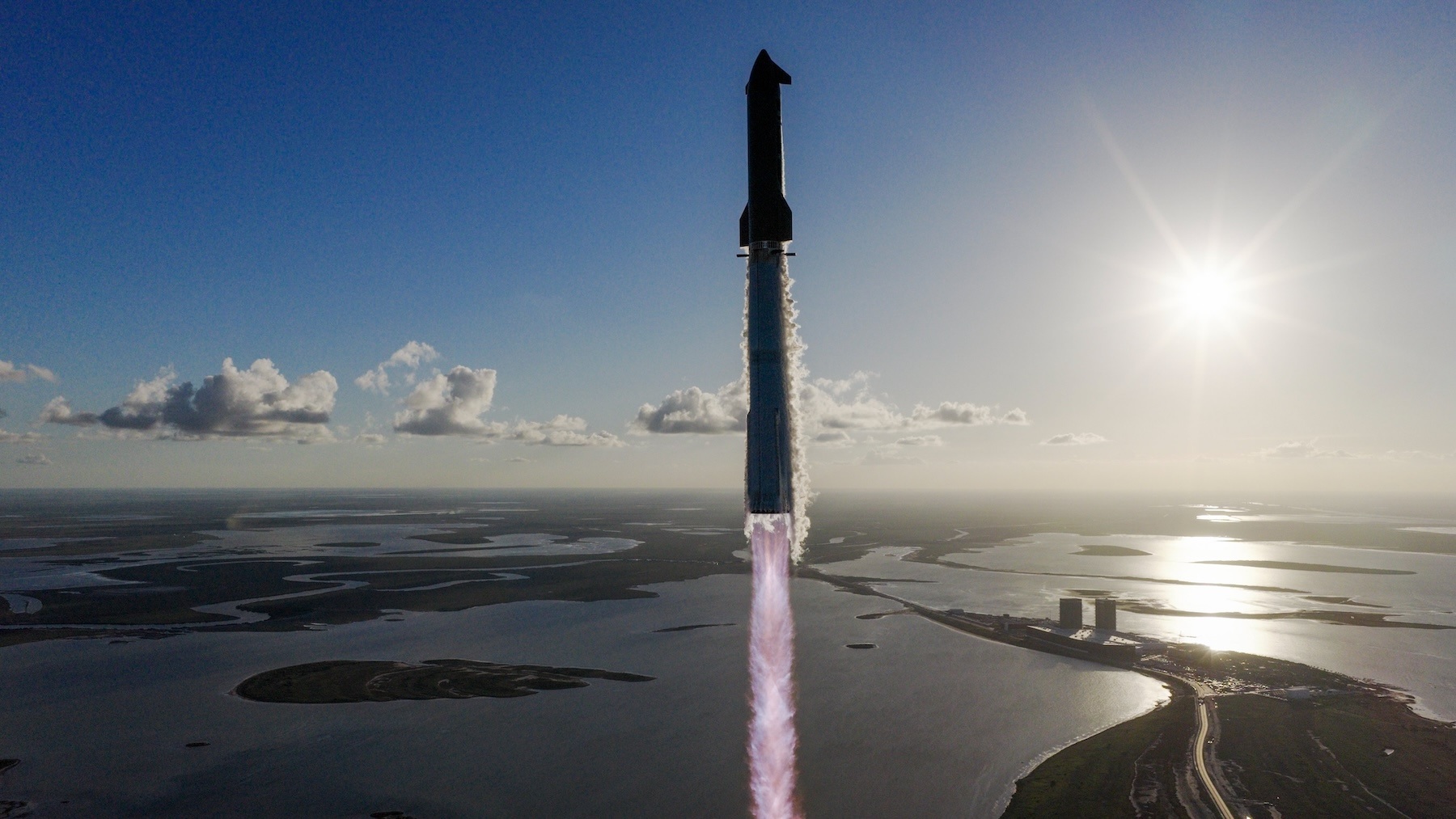SPACEX’S STARSHIP NEARS ‘NEAR-PERFECT’ TEST AS VERSION 3 LOOMS

Flight performance and rapid reuse goals
SpaceX’s latest Starship flight brought the company closer to routine reuse of the world’s most powerful rocket. The vehicle completed its planned ascent and returned key data on heat shield behavior, engine health and stage separation. Engineers reported tighter dispersions on guidance and control compared with prior attempts. The Super Heavy booster executed burns with improved throttle response and propellant management, reducing margin-draining slosh that had plagued earlier flights. While post-flight inspections continue, the company framed the mission as the last major test of the second-generation configuration before moving to a taller, heavier “Version 3.”
Operational cadence is central to Starship’s economics. SpaceX aims to cut refurbishment to airline-like turnaround. That depends on tile durability, engine swap times and ground systems that can cycle faster without sacrificing safety. The latest mission focused sensors on leading-edge tiles and flap hinges, where ablation and mechanical load concentrate. Early readouts suggest fewer hot spots and more uniform thermal performance. The team also validated telemetry paths designed to stay robust during plasma blackout, preserving crucial data during peak heating.
Regulatory and market pressures add urgency. NASA’s Artemis program relies on Starship landers to ferry astronauts from lunar orbit to the surface, demanding predictable launch windows. Satellite operators are lining up for heavy, multi-satellite deployments that shrink costs per kilogram. Competitors are advancing too, with national programs designing super heavy lift vehicles to secure strategic access to space. For SpaceX, demonstrating repeatable ascent, separation, reentry and recovery is the milestone investors and customers want to see before committing bigger manifests.
Version 3 promises structural refinements, upgraded Raptors and reworked plumbing to simplify maintenance. The company says the new build will carry more propellant, enabling higher margins for lunar tanker flights and point-to-point cargo tests. The booster’s grid fin and catcher systems are being tuned for less wear per flight, essential for achieving dozens of flights per vehicle. Ground teams are concurrently automating propellant loading to stabilize timelines across weather and range constraints.
Risks remain. Any composite or steel structure can suffer from micro-cracking under thermal cycling. Even with better tiles, reentry heating is unforgiving. Range coordination and environmental reviews still gate cadence. Yet each test narrows unknowns, and this one delivered the cleanest dataset to date. If Version 3 meets its design targets, the company will enter a phase where learning shifts from “can it work” to “how fast can it turn around”—the threshold between demonstration and service.




















